Search results for "Galaxy Tab"
-
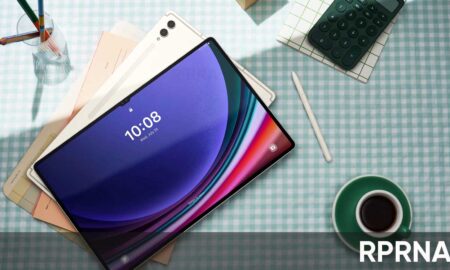
 147Updates
147UpdatesApril 2024 security update reaches more Galaxy Tab S9 Series users
Samsung Galaxy Tab S9 was the first tablet line to acquire the offerings of One UI 6.1 software and Galaxy AI. However,...
-
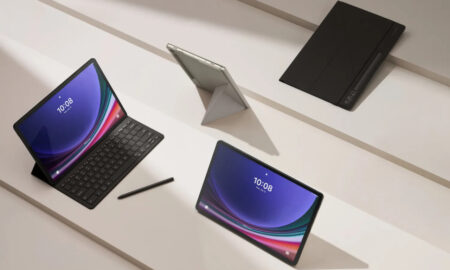
 267Updates
267UpdatesSamsung Galaxy Tab S9 Series collecting April 2024 update in Europe
Samsung has geared up the rollout process of April 2024 security update and the Galaxy Tab S9 series is the latest to...
-

 380Updates
380UpdatesSamsung Galaxy Tab S9 FE grabs April 2024 security update
Samsung has started to roll out a new update for Galaxy Tab S9 FE, which installs the all-new April 2024 Android security...
-

 396Updates
396UpdatesVerizon releases One UI 6.1 and Galaxy AI features for Galaxy Tab S9 Plus 5G in the US
Verizon has rolled out the Android 14-based One UI 6.1 update alongside Galaxy AI features for Galaxy Tab S9 Plus 5G in...
-

 190Updates
190UpdatesSamsung rolls out April 2024 update for Galaxy Tab S9 series
Samsung has started to push a new update for the Galaxy Tab S9 series, that installs the latest April 2024 security patch....
-

 524Updates
524UpdatesSamsung Galaxy Tab S9 Series collecting One UI 6.1 and Galaxy AI in India
Samsung has started rolling out the Android 14-based One UI 6.1 software update for Galaxy Tab S9, Galaxy Tab S9+, and Galaxy...
-
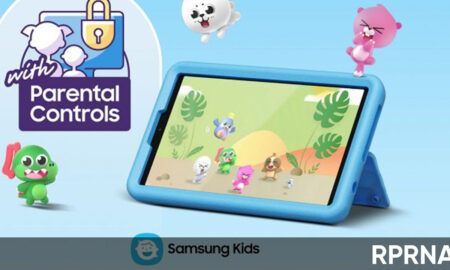
 452News
452NewsSamsung Galaxy Tab A9 Kids Edition with complimentary items unveiled in Malaysia
Samsung has recently launched the Galaxy Tab A9 Kids Edition with several outstanding features and complimentary items in Malaysia. This latest tablet...
-
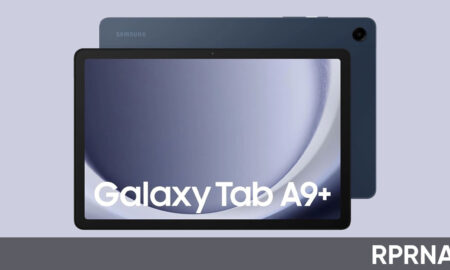
 403Phones
403PhonesUsers can purchase Samsung Galaxy Tab A9+ with a free memory upgrade in the US
Last month, Samsung launched the Galaxy Tab A9+ tablet in the US with a promotional offer that gave buyers a Book Cover accessory...
-
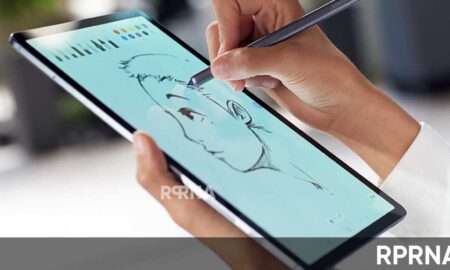
 436Phones
436PhonesSamsung Galaxy Tab S6 Lite 2024 spotted on IMEI database
There have been several leaks and rumors about the re-release of the Galaxy tablet launched back in 2022 and a Galaxy Watch...
-
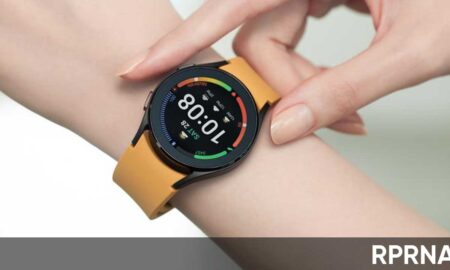
 493Phones
493PhonesSamsung to reportedly re-release ancient Galaxy Watch 4 and Galaxy Tab S6 Lite in 2024
Samsung launches bundles of products every year, some of which are good and some of them are even better just like the...
